by Geoff Shepard
The newest buzzword in politics is “Lawfare,” the effort to cripple political opponents through legal initiatives, preferably by bringing criminal cases. Today’s favorite target is former President Trump, who has been indicted in various state and federal jurisdictions for some ninety-one felonies.
Amazingly, Wikipedia’s current “Lawfare” entry goes into great detail concerning the term’s origins and current application – defining Lawfare as “the use of legal systems and institutions to damage or delegitimize an opponent, or to deter an individual’s usage of their legal rights” without any mention whatsoever of its current use against Trump.
To many, if not most, Americans, these “Get Trump” efforts are the epitome of Lawfare – and the primary reason for the term’s sinister overtones. Like other currently popular terms, including “Deep State” and “Fake News,” Lawfare did not begin with Trump. Such efforts wee hiding in plain sight, as the third-rate burglary of Watergate was inflated into the biggest political scandal of the Twentieth Century.
Granted, there was only one prosecution group — the Watergate Special Prosecution Force (WSPF). But that organization had an initial authorization of ninety-two personnel, some sixty of whom were lawyers. It was divided into five Task Forces, which ultimately secured separate indictments of ninety-five individuals and twenty-one corporations, obtaining convictions against all but six of their prominent targets. It’s a long list, illustrating the far reach of the politics of personal destruction.
As with Trump, the most notorious of the Watergate figures were targets of several separate prosecutions: Nixon’s Attorney General, John Mitchell, was indicted in both the Vesco case in New York and the Cover-up case in the District of Columbia. His chief of staff Bob Haldeman was indicted in the Cover-up case and notified that he’d be indicted in the Townhouse Project (for using an improperly registered campaign committee). Special Counsel to the President Charles Colson was indicted for the Cover-up and for the Plumbers Break-in into Dr. Lewis Fielding’s Los Angeles office. Assistant to the President John Ehrlichman also was indicted for both of these crimes, as well as by the L.A. District Attorney for the same break-in. Maurice Stans, Finance Chairman for Nixon’s Re-Election Committee (CRP), was indicted in the Vesco case, as well as for technical campaign finance violations. Two Cuban-Americans, Bernard Barker and Eugenio Martinez, were indicted for the Plumbers Break-in and for the Watergate Break-in. Gordon Liddy, CRP General Counsel and author of its disastrous campaign intelligence plan, was indicted for both of those crimes, as well as for the Cover-up itself.
Thus, the Watergate Task Force indicted eleven individuals: John Mitchell, Bob Haldeman and John Ehrlichman, as well as Charles Colson, White House aide Gordon Strachan, Counsel to the President John Dean, and CRP officials Fred LaRue, Jeb Magruder, Robert Mardian, Ken Parkinson and Herbert Porter.
The Plumbers Task Force indicted seven individuals in connection with the break-in into the offices of Dr. Lewis Fielding, including John Ehrlichman, Charles Colson, Gordon Liddy, White House aide Egil “Bud” Krogh and three Cuban-Americans.
The Campaign Contributions Task Force focused primarily on improper corporate political contributions. Their indictments included those of the following corporations: American Ship Building, Associated Milk Producers, Time Oil, Northrop, Lehigh Valley Co-op, Archer, Daniels, Midland, Occidental Petroleum, Ashland Oil, Goodyear Tire & Rubber, Diamond International, 3M, Phillips Petroleum, Braniff Airways, Carnation, Gulf Oil, American Airlines, Phillips Petrolelum.
Notable indicted individuals included Maurice Stans, Nixon’s private attorney Herbert Kalmbach, Nixon’s Treasury Secretary John Connally, NY Yankee owner George Steinbrenner, and ADM chairman Dwyane Andreas.
The Dirty Tricks Task Force secured indictments of several prominent individuals, including Attorney General Richard Kleindienst, White House aides Dwight Chapin and Edward Morgan, Nixon’s private tax attorney Frank DeMarco, and California Lieutenant Governor Edwin Reinecke.
Somehow, WSPF prosecutors also found time to launch investigations of every potential GOP presidential candidate for the upcoming 1976 election, including President Gerald Ford, Vice President Nelson Rockefeller, Kansas Senator Robert Dole and California Governor Ronald Reagan.
WSPF was overtly political from the outset. Recruited primarily by Special Prosecutor Archibald Cox’s first hire, Criminal Law Professor James Vorenberg of Harvard, they didn’t have time for FBI background checks, so they hired only people they already knew (and who they already knew were vehemently anti-Nixon). The top seventeen prosecutors had all worked in the Kennedy/Johnson Department of Justice. These were the very people who lost power with Nixon’s 1968 election and had now regained it, along with “total, unreviewed independence” from Nixon’s Department of Justice. Leon Jaworski, who succeeded Cox as Special Prosecutor, even went so far as to complain to his deputy, in writing, about the general tenor of the staff he had inherited from Cox, reflecting “the subjective conviction that the President must be reached at all cost.”
It wasn’t just those that they investigated and indicted, it was those they didn’t. By asserting jurisdiction over the entire 1972 election, they precluded any investigation of possible wrongdoing by Nixon’s Democrat opponents. For example, they stated in their 1975 Report that their Campaign Contributions Task Force had investigated both corporate and union contributions. But the only union contributions they investigated were from the three that had endorsed Nixon’s re-election: the Teamsters, the Seafarers and the Carpenters.
Only six individuals avoided conviction from this onslaught, this legal pogrom: John Mitchell and Maurice Stans were acquitted in the Vesco case in New York (but convicted in other cases brought in D.C.); Dwayne Andreas, chairman of agribusiness giant Archer-Daniels-Midland was acquitted in Minneapolis of donating corporate money; and Frank DeMarco, Nixon’s tax attorney, had his L.A. trial dismissed for prosecutorial misconduct. Ken Parkinson and John Connally were the only two acquitted in D.C. trials: Parkinson, an attorney retained to help respond to the civil suit filed by the DNC, should never have been indicted in the first place. Connally, four-time Democratic Governor of Texas on whose behalf Lady Bird Johnson testified as a character witness, was acquitted of accepting in connection with dairy price support legislation. Thus, all but two of the sixty-four cases brought in D.C. resulted in convictions. In contrast, four of the six cases tried outside of D.C. – and its heavily Democrat jury pool — resulted in acquittals.
A seventh individual to escape technical conviction was President Nixon himself, but only because he was pardoned by President Ford.
Indeed, WSPF prosecutors uniformly urged prosecution of President Nixon, even before Jaworski and Judge Sirica made the decision to pursue impeachment instead. Once Nixon had resigned, they were back with a vengeance. On September 4, 1974, Jaworski presented a memo to Philip Buchen, Counsel to newly inaugurated President Ford, enumerating ten ongoing investigations which “may prove to have some direct connection to activities in which Mr. Nixon is personally involved.” That list explicitly excluded Nixon’s involvement in the Watergate cover-up (where he’d already been named by the grand jury as an unindicted co-conspirator).
WSPF prosecutors were not completely thwarted even by Ford’s pardon. There’s a surprising memo in WSPF files urging Jaworski challenge the validity of Ford’s pardon on the basis that the Guidelines agreed to by Attorney General Elliott Richardson, giving WSPF full independence from the Department of Justice, also bound Ford as Nixon’s successor. Ford’s pardon, you see, was interfering with their mission!
They even demanded Nixon, now a private citizen, appear before their grand jury. This was done over two days on June 23-24, 1975. The demand had all the appearance of what is known as “a perjury trap.” Nixon may have been pardoned for his Watergate involvement, but by pressing him for detailed testimony about those past events, prosecutors might catch him in an inconsistency, which would open him to fresh charges of perjury.
Americans who lived through the Watergate saga saw only one side: a single narrative from the televised Senate Ervin Committees, re-enforced by uniform media coverage proclaiming Nixon and his administration were all crooks. Even today, Watergate is seen as constituting the gold standard of political corruption. Yet, four caches of documents have surfaced in just the past decade – over forty years since the Watergate Scandal’s unfolding – detailing prosecutorial and judicial misconduct that undermines the propriety of WSPF prosecutions. Three of these caches consist of internal documents improperly taken by top Watergate prosecutors when they left office in 1974. They detail a whole series of highly improper secret meetings with Watergate judges, the wrongful suppression of evidence helpful to Watergate defendants, and the highly politicized decision process on just who would be indicted.
The fourth cache is the 2018 unsealing of prosecutors’ Road Map, enabling Nixon’s defenders to learn for the very first time of unproven allegations regarding Nixon’s personal conduct.
Many people rightfully worry today about the possibility of secret coordination by and between Trump’s several prosecutors, in their lethal game of Lawfare. What is so fascinating is that very coordination – between judges, prosecutors and congressional committees — was secretly going on some fifty years ago. Yet we were discouraged from even suspecting it. As it develops, they left an irrefutable paper trail, now publicly available at our National Archives. Unfortunately for many of the ninety-five individuals whose lives were ruined in the Watergate Scandal, evidence of the wrongdoing has taken over four decades to surface.
– – –
Geoff Shepard came to Washington in 1969 as a White House Fellow after graduating from Harvard Law School. He served on President Nixon’s White House staff for five years, including a year as deputy counsel on the President’s Watergate defense team. He has written three books about the internal prosecutorial documents he’s uncovered, many of which are posted on his website: www.shepardonwatergate.com

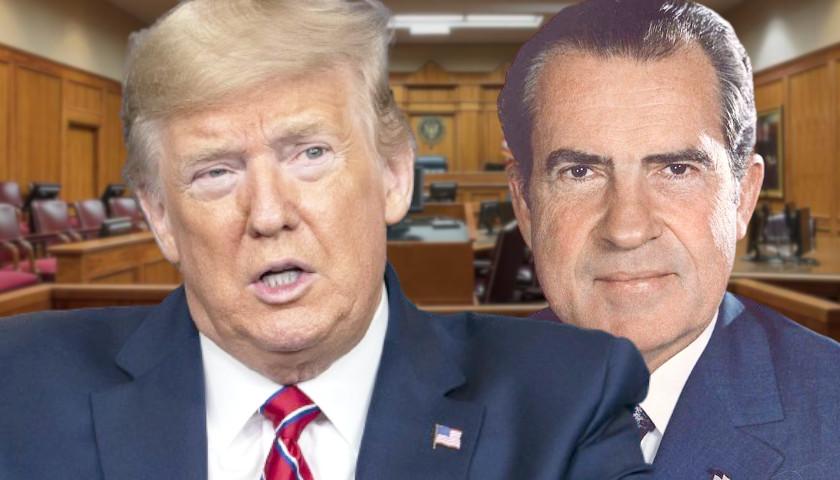



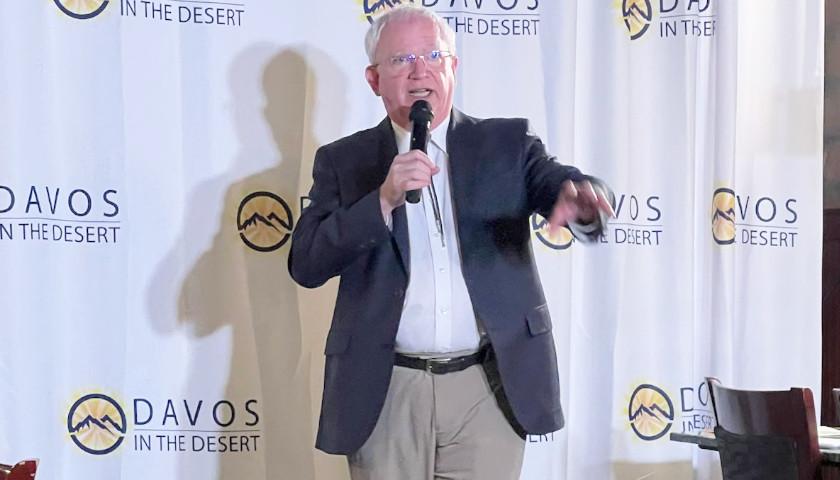
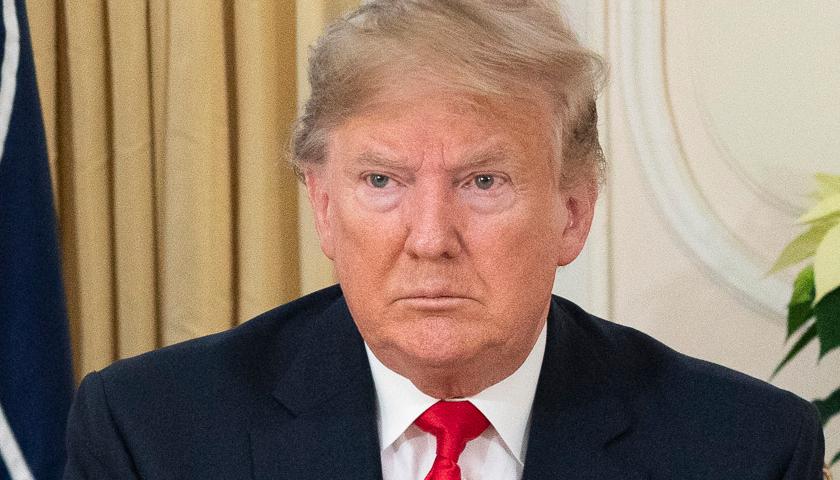
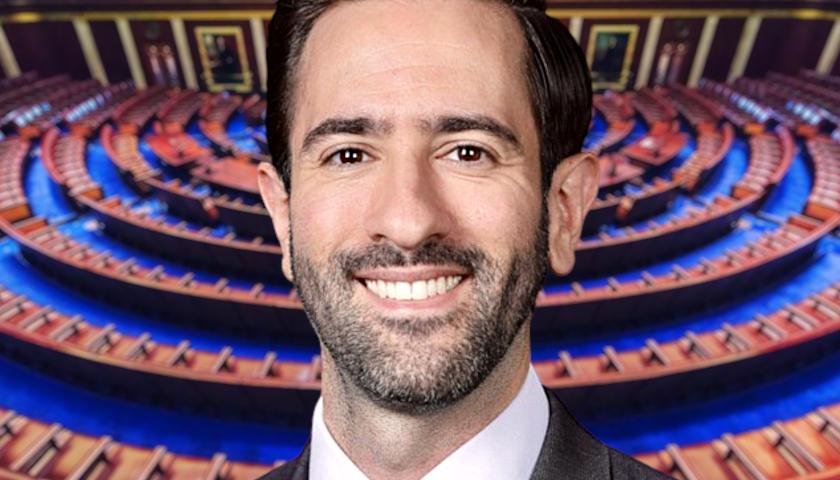
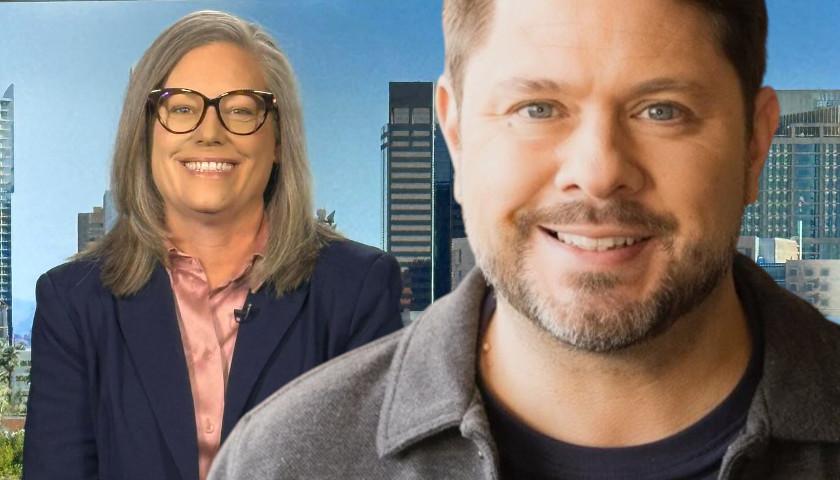
I remember in 7th grade Social Studies the teacher wheeled in the school TV and we were forced to watch weeks of Watergate while the teacher strolled around smirking.
My conclusion at the time was that the US Government was the most honest organization in the world; if the slightest thing went wrong it required tremendous nit-picking and arguing about trivialities.